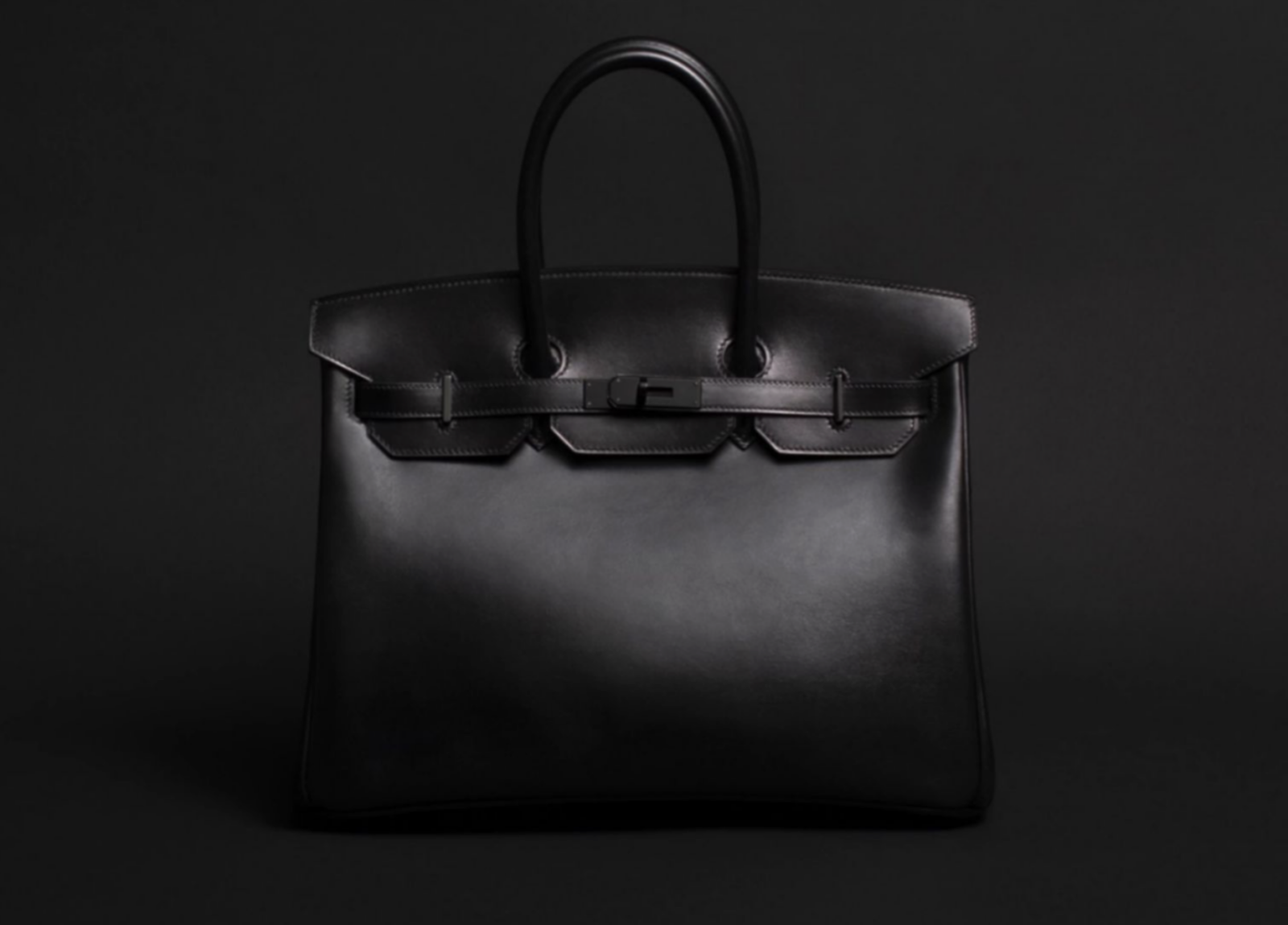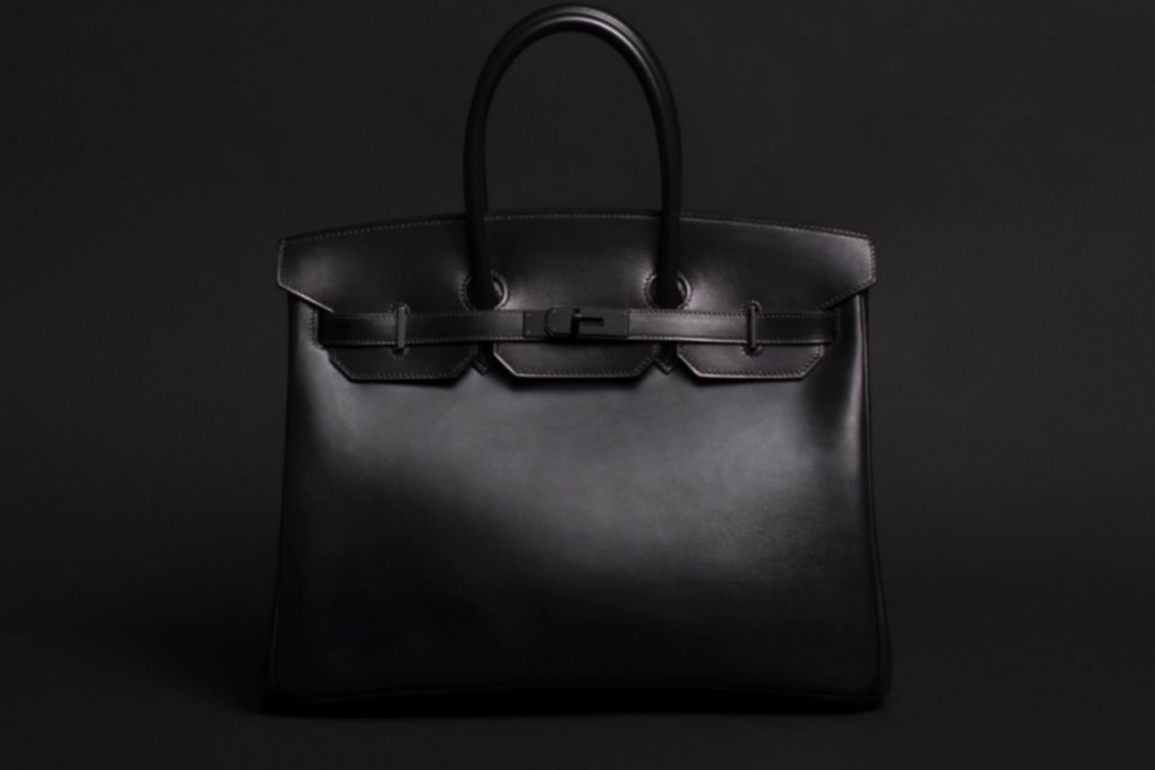
In an effort to bring an end to the antitrust case waged against it over its alleged scheme to use its coveted Birkin bags to “force consumers to purchase substantial amounts of ancillary products,” Hermès lodged its latest motion to dismiss on Friday. According to its newly-filed motion, Hermès maintains that the case at hand stems from Tina Cavalleri, Mark Glinoga, and Mengyao Yang (the “plaintiffs”)’s frustration in not being able to purchase additional Birkin handbags and not from merited antitrust, false advertising, fraud, or negligent misrepresentation causes of action and thus, the case should be dismissed in its entirety.
A Bit of Background: The proposed class action case, which was filed by Cavalleri, Glinoga, and Yang in March, alleges that Hermès has engaged in an unlawful tying scheme, coercing customers to buy other Hermès products (such as scarves, jewelry, or home goods) as a condition for purchasing Birkin (or Kelly) bags. The plaintiffs further contend that Hermès has misled consumers about the availability of its iconic bags and assert claims under both federal antitrust laws and various California state laws.
After previous versions of the plaintiffs’ complaint were dismissed for failure to “plausibly allege relevant product markets, [Hermès’] market power within those markets, or an injury that the antitrust laws were intended to prevent,” the plaintiffs lodged a second amended complaint earlier this month that redefined the relevant markets, introduced new claims of false advertising and fraud, and attempted to address previous deficiencies related to antitrust injury by highlighting how the company’s practices “artificially inflate the true prices of their handbags.”
Specifically, they maintained that “the nominal retail price of a Birkin bag” – which routinely costs upwards of $10,000 – is “a facade, masking a hidden lottery system that forces consumers to purchase substantial amounts of Hermès ancillary products.” This “predatory practice” not only “drives up the true price of the Birkin bag, which includes the cost of these coerced ancillary product purchases, but also generates additional revenue for [Hermès] from consumers who never ‘qualify’ and are left with Hermès ancillary products that they never would have purchased but for their desire to acquire a Birkin bag,” the plaintiffs stated.
Market Definitions
Setting the stage in its October 25 motion to dismiss, Hermès addresses the core issue of market definition, a critical factor in antitrust cases. According to Hermès, the plaintiffs’ second amended complaint “confirms what has been true from the start of this case: they have no viable claim against Hermès.” In light of the “fatal flaws” in their case, Hermès argues that the plaintiffs – “searching in vain for any market definition that might allow them to assert a high enough market share to support their claim” – try to “gerrymander two new markets: a tying market for ‘elitist luxury handbags’ and a tied market for ‘luxury ready-to-wear apparel and accessories.”
The problem, per Hermès, is that the plaintiffs have attempted to manipulate market definitions to exaggerate the luxury brand’s alleged dominance. In the initial filing, the plaintiffs defined the tying product market as the “Birkin handbag market,” restricted to the exclusive Hermès bag itself. After Hermès challenged this single-brand market approach, the plaintiffs proceeded to broaden the scope to include high-end competitors like Gucci and Louis Vuitton in the “luxury handbag market,” according to the filing.
In their latest complaint, plaintiffs introduce another market classification, this time narrowing it to “elitist luxury handbags,” ostensibly limited to brands like Hermès, Chanel, and Bottega Veneta, while excluding other major luxury players. Hermès argues that this narrowing tactic is an “artificial” attempt to inflate its perceived market power by omitting obvious competitors, noting that “courts routinely reject such ‘artificial’ market definitions that are ‘contorted to meet [the plaintiff’s] litigation needs.’” Furthermore, Hermès states that the refiled complaint has “none of the requisite factual allegations supporting any ‘elitist luxury handbag’ market.”
Additionally, Hermès takes issue with the plaintiffs’ definition of the tied product market. The new complaint categorizes various unrelated luxury items – such as scarves, watches, and even home goods – into a single “luxury ready-to-wear apparel and accessories” market. Hermès contends that such disparate items cannot be grouped into one economic market, as they do not meet the standard for substitutable goods. “The idea that a ‘hat’ is somehow ‘reasonably interchangeable’ with ‘furniture’ or ‘jewelry’ is ridiculous,” Hermès asserts, claiming that by failing to define a coherent product market, the plaintiffs undermine their own claims of anticompetitive harm.
Antitrust Challenges
Another key point in Hermès’ defense is the lack of antitrust injury, or harm to competition, alleged by the plaintiffs. Under antitrust law, plaintiffs must demonstrate not only market dominance but also an injury resulting from anticompetitive conduct. Hermès argues that the plaintiffs have failed to show such an injury, as their allegations primarily focus on their personal issues with the limited availability of Birkin bags rather than harm to broader competition. “Plaintiffs’ frustration in being unable to purchase additional Birkin handbags does not support an antitrust claim, let alone claims for false advertising, fraud, or negligent misrepresentation,” the filing states.
According to the motion, the plaintiffs’ desire for greater access to Birkin bags – potentially for resale purposes – does not constitute an antitrust injury. Hermès explains, “Plaintiffs are simply not forced to purchase ancillary products from Hermès, as they can instead purchase the Birkin handbag separately on the secondary market.” The motion emphasizes that plaintiffs’ true complaint is with the high price and limited availability of Birkin bags, neither of which legally qualifies as anticompetitive behavior. “Plaintiffs’ frustration in being unable to purchase additional Birkin handbags does not support an antitrust claim, let alone claims for false advertising, fraud, or negligent misrepresentation.”
False Advertising & Fraud
In their refiled complaint, the plaintiffs added claims of false advertising, fraud, and negligent misrepresentation, alleging that Hermès misled consumers regarding the availability of Birkin bags. They reference a statement on Hermès’ website suggesting that the “Birkin is available” with certain features, which the plaintiffs argue is misleading. Hermès contends that this quote is taken out of context, noting that the full statement refers only to the handbag’s specific characteristics, not an assurance of its broad availability. “Plaintiffs cannot twist a run-of-the-mill statement about the Birkin handbag’s features into an announcement that anyone can obtain unlimited Birkin handbags on demand,” Hermès argues.
The plaintiffs also allege that Hermès’ sales representatives encourage customers to buy additional products with promises that these purchases would improve their chances of acquiring a Birkin bag. Hermès counters that the plaintiffs have not provided specifics on these interactions and, moreover, that two plaintiffs successfully obtained Birkin bags following such purchases. “Plaintiff Glinoga does not allege any purchase from Hermès, let alone the purchase of something he did not want or would have preferred to purchase from a competitor,” Hermès notes in the motion. Additionally, Hermès raises a statute of limitations issue, arguing that some claims fall outside the allowable time frame for fraud-based claims under California law.
State Law Claims
Alongside federal antitrust claims, the plaintiffs’ newest complaint brings state-level allegations under California’s Cartwright Act and Unfair Competition Law. Hermès argues these claims are merely duplicative of the federal claims and fail for the same reasons, citing insufficient evidence of market power or competitive harm. Addressing the broader unfair competition claim, Hermès asserts that “to permit a separate inquiry into essentially the same question under the unfair competition law would only invite conflict and uncertainty and could lead to the enjoining of procompetitive conduct.”
Ultimately, Hermès is pushing for the court to dismiss the case with prejudice, arguing that further amendments would be futile, as the plaintiffs have already revised their complaint multiple times without remedying core deficiencies. “This Court should end the plaintiffs’ misguided effort to do anything possible to plead a claim against Hermès and dismiss the SAC with prejudice,” Hermès urges.
THE BIGGER PICTURE: The case highlights the delicate balance between luxury brand exclusivity and potential competition concern, with the plaintiffs attempting to argue that brands’ scarcity-centric business practices cross the line into antitrust territory. Hermès, on the other hand, maintains that its model is not only above-board from a legal perspective but pro-competitive by fostering brand loyalty and maintaining product integrity.
As the case moves forward, the court will be tasked with deciding whether Hermès’ business strategies – including its limited production of Birkin bags and the alleged practice of requiring customers to build up a purchase history before getting access to its most coveted offerings – are part of luxury brand management or whether they violate antitrust laws designed to protect competition and consumers.
The court is scheduled to hear arguments over Hermès’ motion to dismiss on January 30, 2025.
The case is Cavalleri, et al. v. Hermès International, et al., 3:24-cv-01707 (N.D. Cal.)
This post was originally published on this site be sure to check out more of their content.








